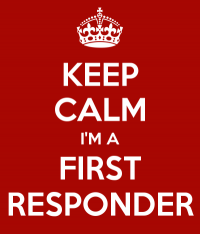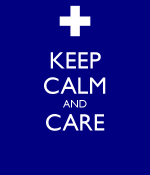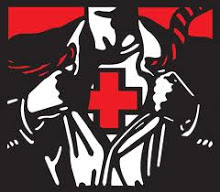Well, friends, it’s been a ride and a half, between taking my course to become a CFR (usually called an EMR in other places in the States, but a Certified First Responder here in New York) and with the other things that life has been throwing my way. However, I have finally had the chance to sit down and post this, by way of update –
I PASSED!!!
When I took the test, my instructor asked me afterward what I thought and I told her honestly that I didn’t think I had done very well. That sentiment was echoed by others in the course who had also taken the test, as well. The questions seemed oddly phrased and it seemed as though they had put an emphasis not on practical skills and questions but instead on rote memorization. I was prepared for the fact that I may have not passed it, and was looking into what I would need to do to re-take it. I surely wasn’t going to just walk away!
After what seemed like an eternity of waiting, a letter came from our state Department of Health, EMS bureau. I opened it, fully expecting to have found out that I did not pass the test only to find that I HAD. I am now a Certified First Responder in NYS. To all of you, whether you supported me in prayer, in good thoughts and wishes, or by being a reader or visitor to my blog, I offer you a heartfelt THANK YOU. I am truly grateful for the support that I have received and am looking forward to the next steps to take from here.
Most positions for a CFR are volunteer; most organizations that hire paid personnel want at least EMT level, but that’s ok – volunteer or paid, this is what I believe I should be doing, and where I believe I should be right now.
I can’t wait to see what happens next.
Oh and by the way – what’s stopping you from looking into something similar? Get to it! The world definitely can never have too many people who care, and who know what to do in an emergency; and I’m definite proof that you’re never too old!
God bless today, my friends!



